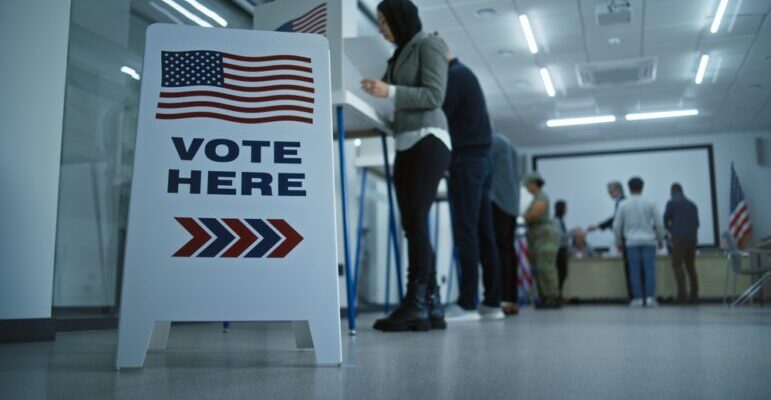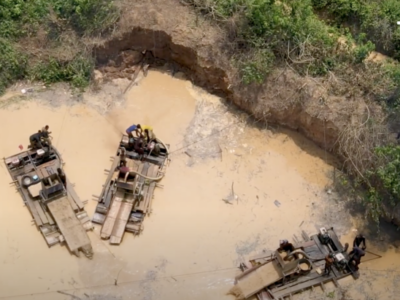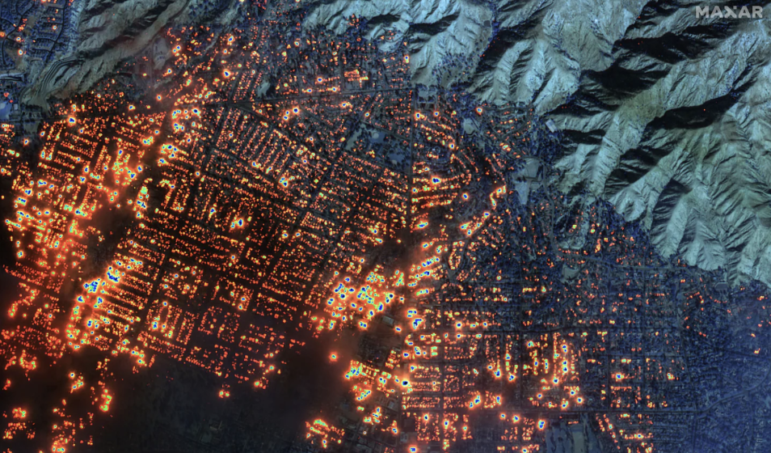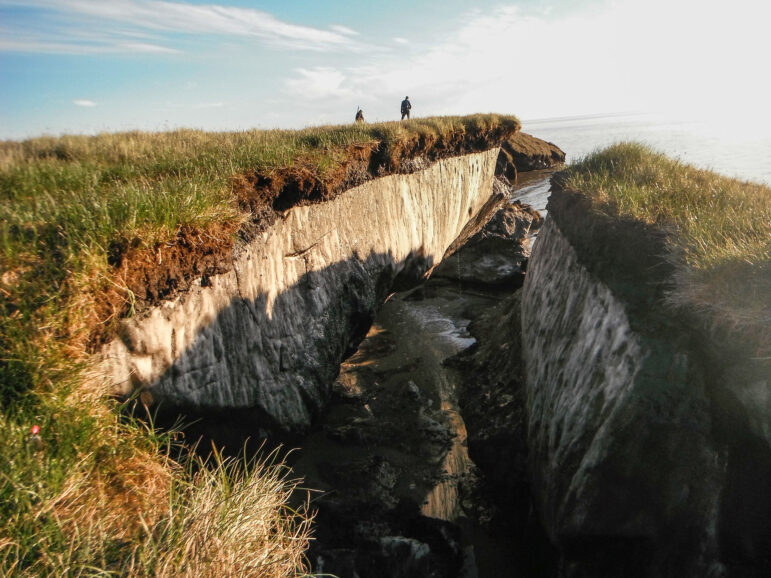
All year, journalists all over the United States have been hard at work covering the 2024 election. The Journalist’s Resource team has been hard at work, too, creating resources to help you cover the news in the lead-up to Election Day and beyond. Here’s a collection of the election-related tipsheets, research roundups, and explainers we’ve published this year so far. We encourage you to bookmark this page, which we’ll update with new resources in the next few weeks.
So far, our 2024 election collection includes:
3 Resources for Covering Surveys and Opinion Polls
- Five basic things journalists need to know about polls and surveys: This tipsheet includes insights from a political scientist, a social psychologist, a statistician, and an investigative journalist.
- Why journalists should look at question order when covering survey and poll results: We explain how question order bias can affect how people answer questions. We also offer five tips to help journalists spot the problem.
- What’s a national representative sample? Five things you need to know: Knowing what a nationally representative sample is — and isn’t — will help you avoid errors in covering clinical trials, opinion polls and other research.
7 Resources for Covering Voting Issues
- Bad weather dampens Election Day turnout. Studies suggest mail ballots and other alternative voting methods can help. Rain, snow, and other types of bad weather can discourage in-person voting. Recent research shows how expanding mail voting and early and absentee voting can reduce the impact.
- Young voters and colleges’ efforts to boost turnout: A research roundup with five story ideas: We gathered research and interviewed researchers to help reporters cover voters under age 30. This piece includes insights on their voting habits, colleges’ efforts to raise voting rates and stories researchers say newsrooms need to cover.
- The growing role of healthcare settings in voter registration: Healthcare institutions can play an important role in mobilizing voters. We summarize studies that highlight these efforts and their outcomes.
- How voting registration rules can discourage some Americans from voting: A big reason voter registration rates vary so much in the US is that states have their own election policies and processes, which can make registering easy or difficult. Election offices also differ in how they educate voters.
- Covering felony disenfranchisement: four takeaways from our webinar with The Marshall Project: Research, data, history and the law: Here’s more on what you need to know to report on felony disenfranchisement. Plus, check out the video if you missed the webinar.
- Felony disenfranchisement in the US: People incarcerated for felony convictions lose the right to vote across most of the US, but specifics vary widely by state. We break down the nuances and recent trends — and highlight six studies journalists covering the topic should know.
- Barriers to voting for people with disabilities: Voters with disabilities face a range of barriers, and research shows compliance with disability access laws at polling sites is under-enforced.
- Election Beat 2024: Remember to cover voter registration deadlines: In the lead-up to Election Day in the US, it’s important for journalists to remind their audiences of voter registration deadlines in each state, writes media scholar Thomas Patterson in this research-based commentary.
3 Resources for Covering Other Election Administration Issues
- When can US states start processing advance ballots? Check out this interactive timeline: Find out when each state can start processing advance ballots for the November 2024 general election. States that get their advance ballots ready sooner will be able to count those votes and report results faster come Election Day.
- Reporting on violence and threats against election workers: Six things to know: In this research-based tipsheet, we cover what journalists should know about the history of electoral violence in the US, whether Americans think political violence is justified, and how election workers, also called poll workers, think about their jobs.
- Five things to know about election administration funding: Elections in the US are usually run at the local level. Understanding who funds election administration — and how — can help you ask questions about whether funding levels are sufficient.
2 Resources for Covering Local Elections
- How — and why — to create a guide to local and state judicial elections: Public elections for judges are often marked by low turnout and low information about the candidates. Find out how and why three newsrooms created guides to help voters understand judicial races — and eight tips to help your newsroom create its own judicial election guide.
- School board elections in the US: To help journalists contextualize coverage of school board elections, we spotlight research on who votes in these elections, the role of teachers’ unions, and how new board members can influence school segregation, funding, and test scores.
5 Resources for Covering Ballot Measures
On Election Day, voters in 41 states will decide on 147 statewide ballot measures, according to Ballotopedia. We created several resources to help journalists cover topics appearing on several state ballots this year, including abortion, marijuana, and school choice.
- Ranked choice voting: An explainer and three tips for reporters: Dozens of municipalities and two states have adopted ranked choice voting in recent years, and the system is on the ballot in six states and Washington, DC, this November. Here’s the recent research you need to know to enhance your coverage.
- Abortion pill mifepristone: An explainer and research roundup about its history, safety and future: With abortion-related measures on the ballot in several states, journalistic coverage of the topic has never been more crucial. This piece aims to help inform the narrative on medication abortion with scientific evidence.
- Private school vouchers: An explainer (with research) to help you navigate school choice policies: We created this explainer to help journalists understand and ask more probing questions about private school choice programs, which offer families public money to pay for private school.
- Seven tips for improving news coverage of private school choice: Seven university professors who study private school choice programs offer journalists advice for strengthening news coverage of this divisive topic.
- Driving under the influence of marijuana: An explainer and research roundup: As marijuana legalization sweeps the US, researchers and policymakers are grappling with a growing public safety concern: marijuana-impaired driving. We explain the challenges and what the research shows.
2 Resources for Cover Election Day and Election Results
- Six Election Day reporting do’s and don’ts: “Reporting on election night results may be the most pivotal task of the entire campaign season,” writes media scholar Thomas Patterson. He shares six tips for doing so carefully and responsibly.
- How the Associated Press calls elections: In this recording of a recent webinar, journalists from The Associated Press and two large local newspapers share insights on how the AP calls races in the U.S, how the count and certification processes work, and how reporters across the country use and convey that information.
2 Resources for Understanding Historical Media Coverage of Elections
- The Presidency above the campaign: CBS Prime Time anchor John Dickerson, who has covered eight US presidential candidates in his career as a political journalist, offers tips for improving coverage of presidential campaigns and the presidency itself.
- Election Beat 2024: Where are the issues? Thomas Patterson’s assessment of 2024 US presidential election news coverage reminds him of years past: too few stories focusing on policy issues, and too many focusing on polls and overblown controversies.
Editor’s Note: This story was originally published by The Journalist’s Resource and is reposted here with permission.















